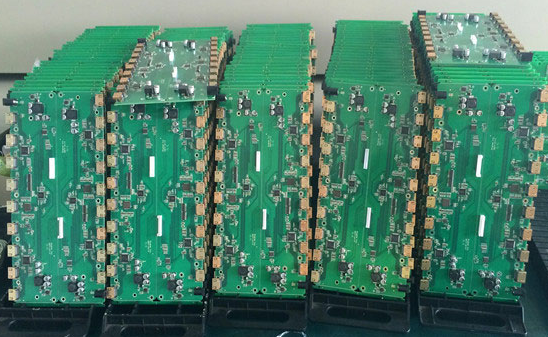Many customers are curious about the calculation method of PCBA processing fee and do not know how it is calculated. In this regard, industry insiders said that they want to know the calculation method of PCBA processing fee is very simple, and it can be solved by clarifying several aspects.
First of all, we need to know that when a PCBA processing manufacturer submits a quotation, it will include many aspects, such as solder joint fee, adhesive tape fee, labor fee, cleaning fee, packaging fee and transportation fee, among which solder joint fee is divided into ordinary Solder joint fees, manual solder joint fees, and DIP solder joint fees are all basic costs. On this basis, the manufacturer's profit is added to form the final quotation of PCBA, which is the calculation method of PCBA processing fee.
What are the calculation methods for PCB processing fees
It's simple, but only people in the industry know how the calculations are made. Even if people outside the industry know it, it's difficult to tell the difference. However, as long as the PCBA processing manufacturer you find is formal and professional, there will be basically no price problems.

PCBA contains a lot of content, the most basic of which is that after the PCB board is loaded by SMT, after DIP plug-in, the final printed circuit board, namely PCBA board, is formed. The abbreviation commonly used in the industry is PCB. As an important carrier and support for electronic components, PCBA board is a provider of circuit connections for electronic components and a support for electronic components, so it is called a printed circuit board.
So, how did the electronic components work before the PCBA board came out? According to professionals, before the advent of PCBA boards, a complete circuit was mainly connected by wires. However, this kind of connection requires a lot of wires and is very complicated. Therefore, early electronic products are often thick and heavy. Professionals cannot repair it.
What are the calculation methods for PCB processing fees
In the early 20th century, in order to simplify the production of electronic products, reduce the number of parts between parts, and reduce the weight of electronic products, many experts and scholars began to study new wiring methods. After more than 30 years of research and experimentation, finally in 1925, American designer Charles Ducas printed a circuit diagram based on an insulating board, and completed the wiring by electroplating.
The cost of large-volume PCBA processing is relatively easy to calculate, and it is not prone to disputes, but small-volume PCBA processing is difficult to satisfy. In the early days, many PCBA manufacturers were reluctant to accept small-batch orders, on the one hand because of the price, and on the other hand, because small-batch orders were really not profitable. why? It turns out that the boot process is the same whether it is a large-volume order or a small-volume order.
What are the calculation methods for PCB processing fees
In other words, how many processes are required for large-volume orders, and small-volume orders have to go through these processes, and it will not save one. As a result, the cost of a small-batch order is much greater than the cost, and it will naturally not make money, or even lose money. In this case, many PCBA processing factory owners are unwilling. Later, in order to ensure the interests of PCBA processing manufacturers, in addition to processing fees and raw material costs, small batch PCBA processing orders will also charge engineering costs, that is, start-up fees, so as to ensure the interests of manufacturers.